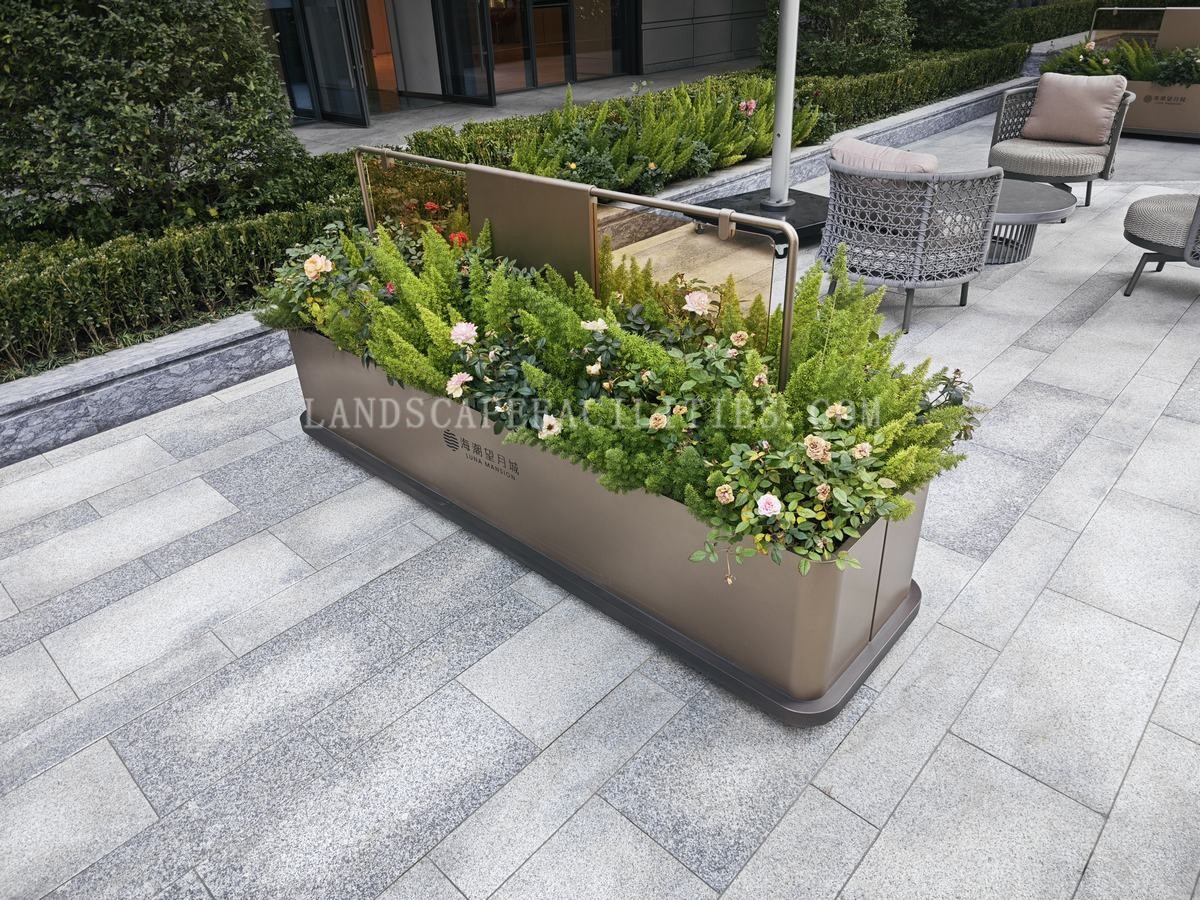Welcome to the website for landscape facilities products and knowledge.
What are the environmental transportation methods for metal flower boxes?
Metal flower boxes are a popular choice for both indoor and outdoor gardening due to their durability and aesthetic appeal. However, transporting these heavy and often bulky items can have a significant environmental impact. To address this, several eco-friendly transportation methods have been developed to minimize the carbon footprint associated with their logistics.
One of the most effective methods is the use of electric or hybrid vehicles for local deliveries. These vehicles produce fewer emissions compared to traditional diesel trucks, making them a greener option for transporting metal flower boxes within urban areas. Additionally, optimizing delivery routes using advanced logistics software can reduce fuel consumption and emissions by ensuring the most efficient paths are taken.
For long-distance transportation, rail freight is a sustainable alternative to air or road transport. Trains are more energy-efficient and produce lower emissions per ton-mile compared to trucks or planes. Combining rail transport with last-mile delivery using electric vehicles can further enhance the sustainability of the supply chain.
Another innovative approach is the use of reusable and recyclable packaging materials. By reducing the need for single-use packaging, the overall environmental impact of transporting metal flower boxes can be significantly lowered. Companies are also exploring the use of biodegradable materials for packaging to further reduce waste.
Finally, collaboration between manufacturers, logistics providers, and retailers is essential to create a more sustainable transportation network. By sharing resources and adopting best practices, the industry can work towards a greener future for transporting metal flower boxes and other heavy goods.
In conclusion, eco-friendly transportation methods for metal flower boxes include the use of electric vehicles, optimized delivery routes, rail freight, sustainable packaging, and industry collaboration. These approaches not only reduce environmental impact but also contribute to a more sustainable and responsible supply chain.

Related search: